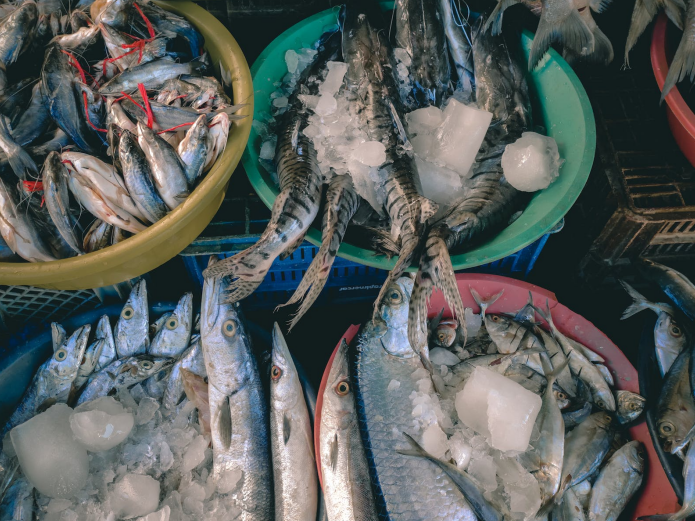


The Russian government has extended a ban on seafood imports from what it calls "unfriendly" countries until 2025.
The new government decree, issued on October 1, bans seafood imports from the United States, European Union countries, the United Kingdom, Canada, Norway, Ukraine, Albania, Montenegro, Iceland and the principality of Liechtenstein.
Russia first imposed restrictions on European and US fish supplies to Russia in 2014 in response to sanctions imposed by some Western countries on the Russian seafood industry over the annexation of Crimea.
Since then, those restrictions have been periodically extended.
This year, Russia expanded the list of banned items to include ready-to-eat or canned fish, sturgeon caviar and its fish egg substitutes, as well as ready-to-eat or canned crustaceans, mollusks and other aquatic invertebrates.
However, despite the ongoing restrictions, Russia's foreign seafood trade is on the rise, and the country's seafood import and export business turnover has also increased.
According to preliminary data from Russia's Customs Service, the country's seafood imports rose 24 percent in the year to September to 439,000 tons, worth $1.9 billion (1.7 billion euros).
Russian seafood exports rose 7 percent to 1.6 million tons worth $4.1 billion (3.8 billion euros).
According to the Russian Statistical Service, the production of fish products from January to August was about 3.1 million tons, an increase of 120,000 tons over the same period last year.
As of October 10, Russia's total seafood production exceeded 4.3 million tons, up 11.7 percent from the same period last year.
Need help or have a question?
Send mail